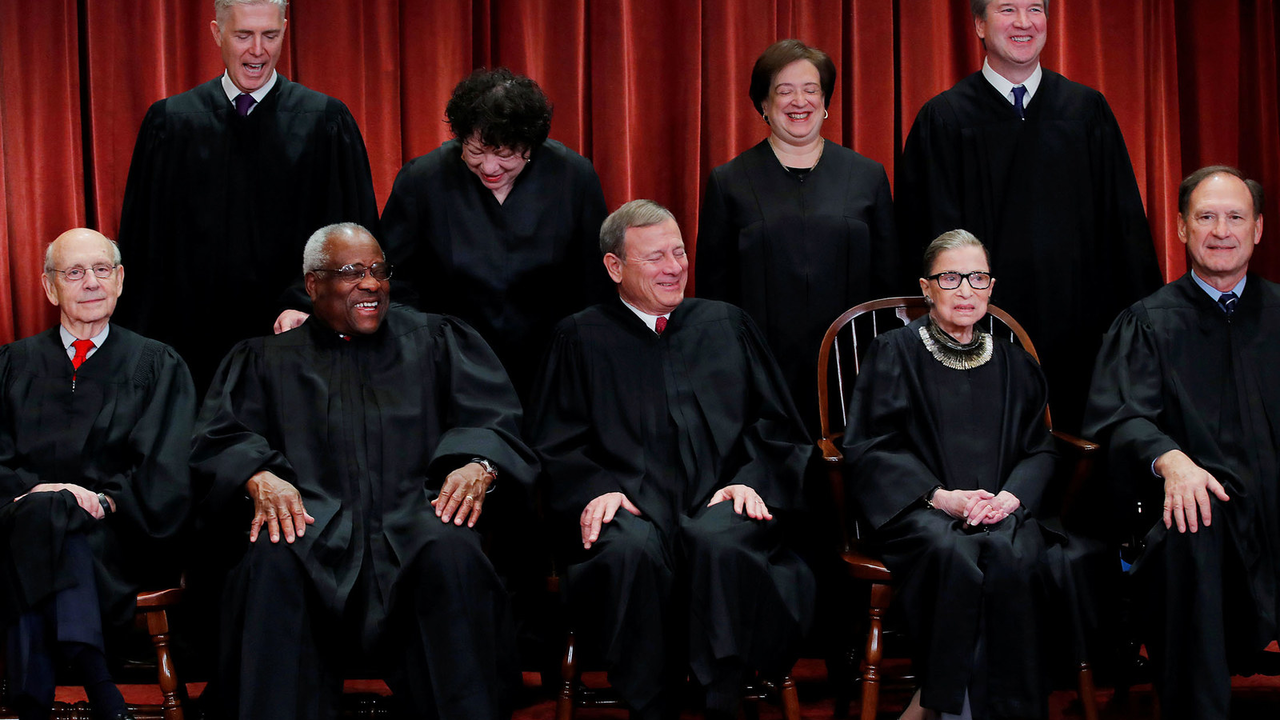Well, folks, it's time to pull up a chair and grab some popcorn, because guess what? The Supreme Court has decided to step into the limelight and open itself up! And guess who's leading the show? The Office of the Chief Justice, no less, is now under the Right to Information Act (RTI). It's like Christmas came early for transparency this year, isn't it? So, buckle up, my friends, as we're going to witness the judiciary work its magic in a whole new, crystal clear light!
Legal News & Analysis – Stay Updated on Court Decisions
Welcome to the legal news hub where we break down big court stories in plain English. You’re probably wondering what’s new in the world of law and why it matters to you. We’ve got a fresh case that’s turning heads: the Supreme Court’s Office of the Chief Justice is now subject to the Right to Information Act (RTI). Let’s unpack what that means without the legal jargon.
Why the Supreme Court’s RTI Move Matters
First off, why should you care that the top court’s chief office is under RTI? Because transparency builds trust. When a government body opens its files, citizens can see how decisions are made, how resources are used, and whether the system is fair. In this case, the Supreme Court is saying, ‘Hey, we’re ready to show you what goes on behind the bench.’ That’s a big shift from the usual secrecy surrounding high courts.
Think about it: previously, getting information about the court’s internal processes was a nightmare. You’d file a request, wait months, and often get a vague answer. Now, the law says the Office of the Chief Justice must respond just like any other public authority. That means quicker answers and clearer explanations.
The move also aligns the judiciary with other branches of government that already follow RTI. It levels the playing field and sends a message that no institution is above the public’s right to know. For journalists, activists, and anyone interested in the law, this opens a new avenue for investigative work.
What This Means for Citizens
So, what can you actually do with this new openness? Start by asking simple questions: How does the court allocate its budget? What are the guidelines for appointing judges? Are there any pending reforms that affect you? Those queries can now be filed under RTI, and the court is legally bound to answer.
If you’re a business owner, you might wonder about the court’s stance on commercial disputes or how quickly cases are cleared. The RTI route can give you a snapshot of average timelines and procedural changes. For students, it’s a chance to see real-world examples of how the judiciary functions beyond the courtroom drama you see on TV.
Of course, there are limits. Sensitive security information or personal data of judges stays protected. But the core administrative details are now in the public domain. That balance tries to keep the court safe while still being accountable.
Bottom line: this RTI inclusion pushes the Supreme Court toward more openness, and that’s good news for anyone who wants a clearer view of the legal system. Keep an eye on our updates because we’ll be tracking how quickly the court adapts to this change, what kind of requests start pouring in, and any pushback from within the judiciary.
Stay tuned to this page for more legal news, analysis, and practical tips on using RTI to get the information you need. We’ll keep the language simple, the facts straight, and the insight useful. Got a question about the latest court move? Drop it in the comments and we’ll break it down for you.
